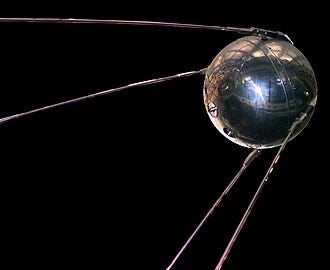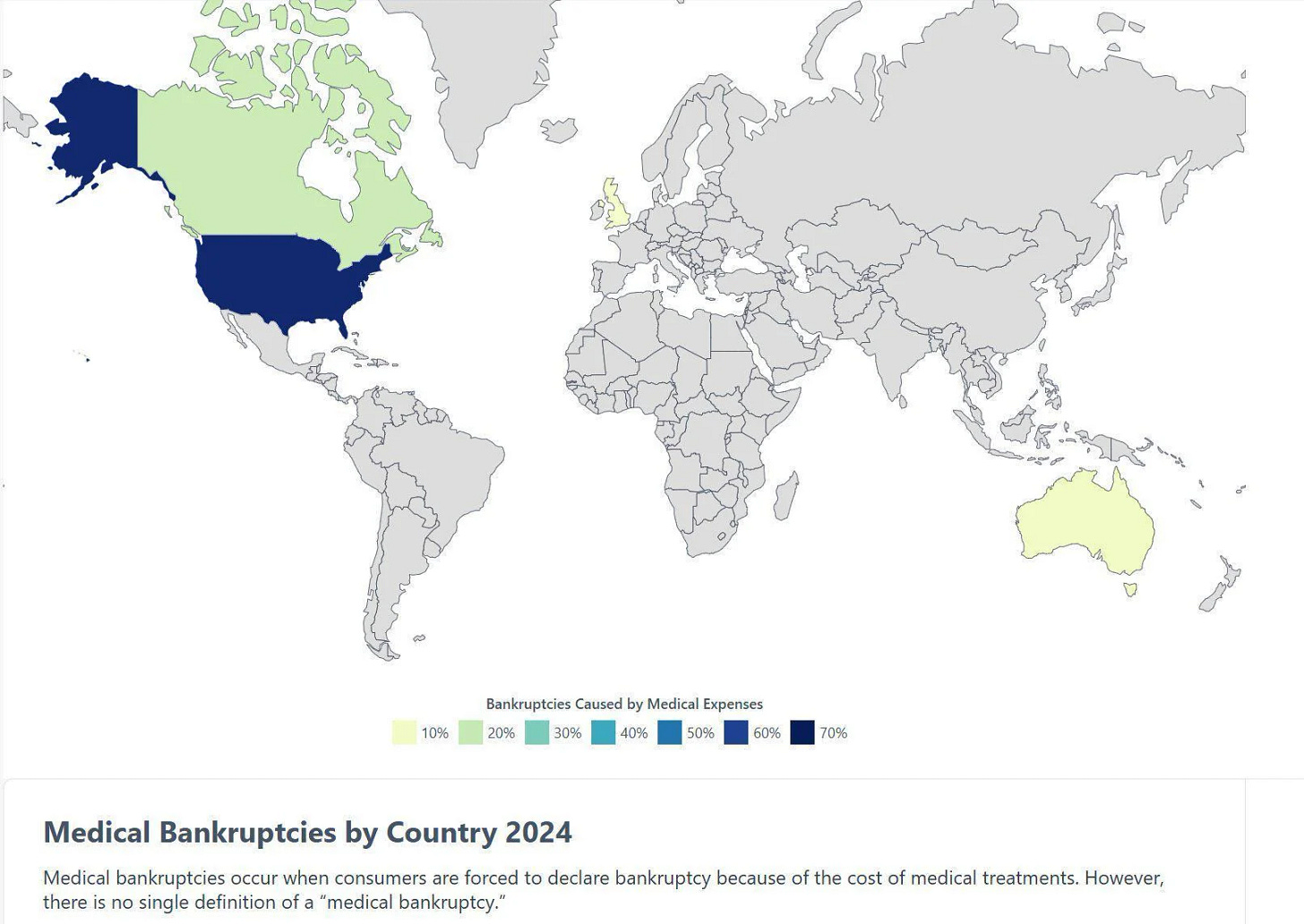Socialism vs. Capitalism: What’s the Real Difference?
The debate between socialism and capitalism is often presented as theory. In reality, both systems have been tested, both have failed ordinary people in different ways, and neither exists in pure form
The Philosophical Divide
Socialism starts from the collective good. Shared responsibility. Resources distributed by need.
Capitalism starts from individual ambition. Private rights. Wealth earned through risk and competition.
Marx and Engels imagined a world where shared ownership could erase exploitation. Adam Smith argued that private pursuit of profit could lift all through the “invisible hand.” Both visions oversimplify what happens when power and greed collide with human systems.
How They Work in Practice
Socialism: public ownership, high taxation, redistribution through welfare, universal access to healthcare, and education.
Capitalism: private ownership, market pricing, minimal state interference, competition as the growth engine.
Examples: Cuba’s healthcare system reflects socialist ideals. China’s public transit system prioritizes collective access. U.S. tech giants like Apple and Google showcase capitalist innovation — but also monopoly power.
Strengths and Weaknesses
Socialism reduces inequality and guarantees needs, but bureaucratic inefficiency and weak incentives often stall progress. Power tends to centralize in the state.
Capitalism drives innovation and rewards risk-taking, but inequality widens, and crises are frequent. The 2008 crash showed how deregulated capitalism hands the bill to workers while banks are bailed out.
Innovation: Not Just a Capitalist Story
One of the most common claims is that capitalism drives innovation while socialism suffocates it. That’s not the whole story.
The Soviet Union put the first satellite, Sputnik, into orbit in 1957, and the first human, Yuri Gagarin, into space in 1961. It built nuclear power, advanced rocketry, and world-class mathematics under a socialist model.
China today leads in electric vehicles, high-speed rail, and renewable energy. Much of this was achieved through state-led planning and collective mobilization, not laissez-faire markets.
Public funding in capitalist states also undermines the myth. The internet, GPS, mRNA vaccines, and countless medical technologies came from government-funded research, not private venture capital.
The U.S. Problem: Free Market or Rigged Market?
American capitalism is often celebrated as “free market.” The reality looks different. Lobbyists spend billions each year to tilt laws in their favor. Monopolies dominate sectors from tech to healthcare. Wealth buys political influence, and competition dies. When corporate lobbying dictates policy, “free market” becomes a myth.
Healthcare is the sharpest example. Around 500,000 Americans file for bankruptcy every year due to medical bills, even though the U.S. spends more on healthcare per capita than any other country. A system that ties health to employment and profit is not free enterprise. It’s predatory finance wrapped in patriotic branding.
Historical Results
Capitalism powered the Industrial Revolution, but created sweatshops, child labor, and polluted slums.
Socialism industrialized the USSR and raised literacy, but ended with shortages and authoritarianism.
Post-WWII Europe blended welfare with capitalism, delivering decades of stability. The neoliberal turn of the 1980s slashed social safety nets and reignited inequality.
The Tradeoff
Both systems fail in pure form.
Capitalism creates wealth, but inequality grows and crises repeat.
Socialism equalizes access, but efficiency collapses without innovation incentives.
Most modern systems are hybrids:
U.S.: capitalist with patches of socialism (Medicare, Social Security).
Nordics: high taxes and welfare with thriving private sectors.
China: state-led socialism fused with markets, achieving rapid growth unmatched by Western peers.
The Core Principle
Any country, regardless of system, should prioritize the people. That means:
Affordable housing as a right.
Healthcare not tied to employment.
Protection against monopolies and predatory finance.
If a system doesn’t secure these basics, it serves elites, not citizens.
That much is history. But here’s where it gets interesting.
The real fight isn’t only between capitalism and socialism anymore.
The bigger question is what comes next, and whether both systems are already outdated.




